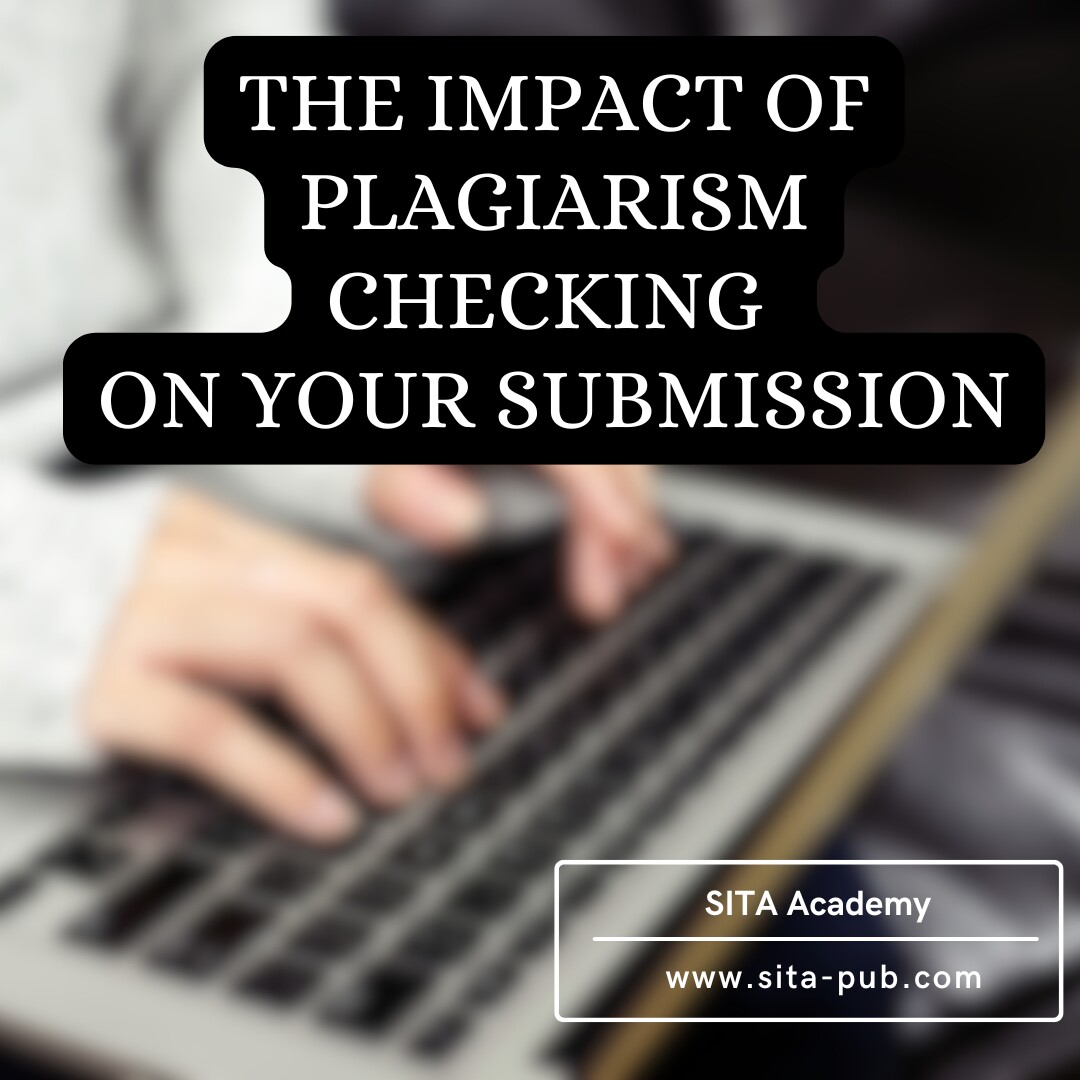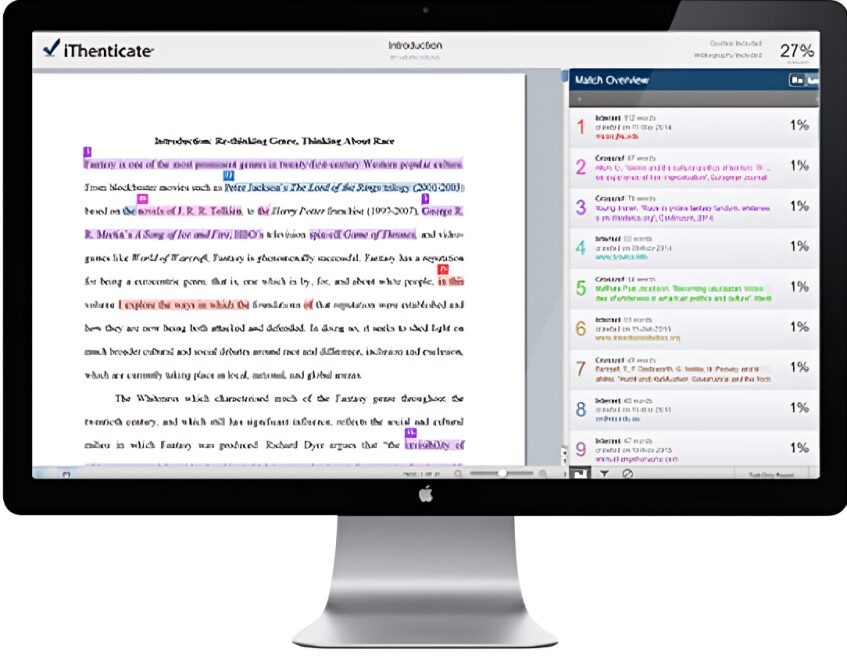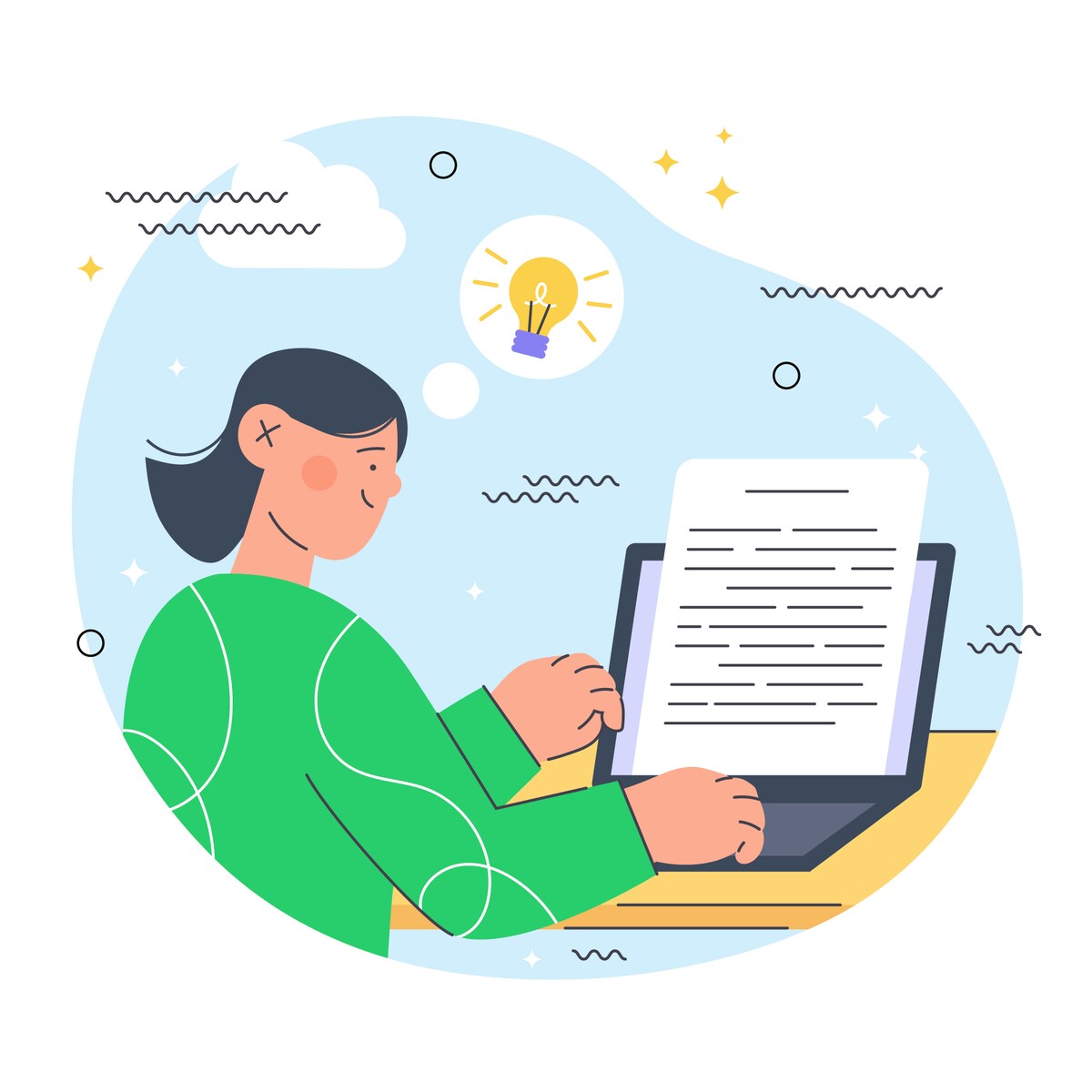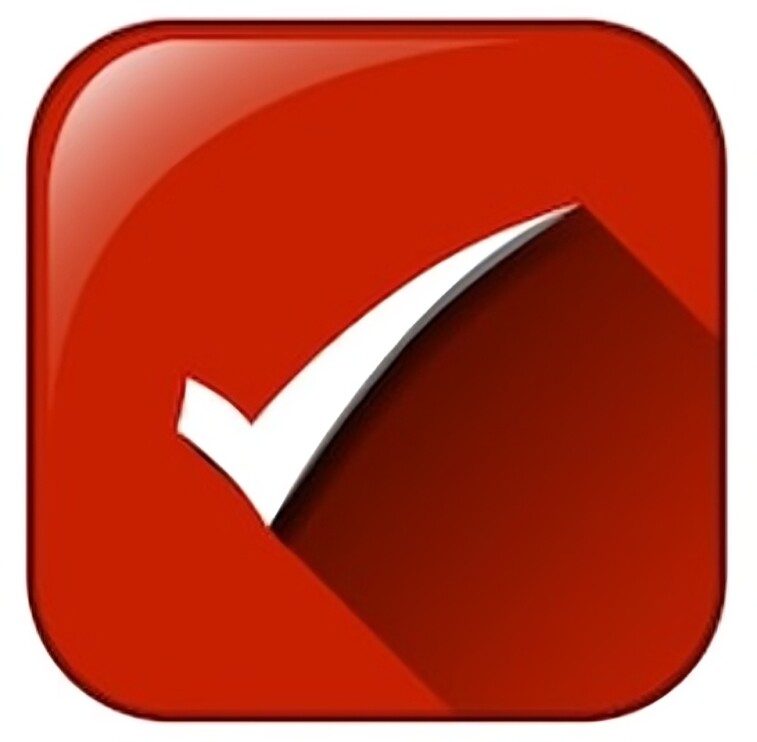The Impact of Plagiarism Checking on Your Submission


In academic publishing, keeping your work honest and original is very important. One key part of this is plagiarism checking. This process helps to make sure that you do not use someone else's ideas without giving them credit. Knowing why it matters, what the acceptable levels of plagiarism are, and which tools to use can help you have a better chance of getting published.
Plagiarism checking has many purposes in academia. Its main goal is to maintain ethical standards by preventing the use of others' ideas without proper acknowledgment. If you submit a paper with plagiarism, you risk rejection from the journal and could harm your reputation as a researcher. Showing that your work is original helps you gain respect in the academic community.
Many journals now require authors to use plagiarism detection tools. This has become common as journals aim to keep high standards. A clean plagiarism report not only shows honesty but also indicates that you have thoroughly researched and written your paper.

There is no single standard for what is acceptable in terms of plagiarism, but here is a general guideline:
Journal Type | Acceptable Similarity Percentage | Notes |
|---|---|---|
General Academic | 10% or lower | Includes properly quoted material |
Critical Journals | 5% or lower | Stricter standards; requires high originality |
Conference Papers | 15% or lower | May allow slightly higher similarity |
It is important to check the specific submission guidelines for the journal you are targeting, as some may have stricter rules.
Knowing these guidelines is essential. If your paper exceeds the acceptable level, it may be rejected or face more detailed checks, which can delay publication. Understanding acceptable plagiarism levels helps you focus during writing and editing.
One of the best tools for checking plagiarism is iThenticate. This software is well-respected and can scan your work thoroughly. It compares your document against a large database of academic articles and online content, providing a detailed report of any potential plagiarism.
Using a reliable plagiarism detection tool like iThenticate gives you confidence that your work has been checked carefully. It is wise to use such software before submitting your manuscript so you can make any needed changes.

If you find that your paper has a higher similarity score than you want, there are effective ways to reduce it. One method is to practice proper paraphrasing. This means rewriting the original text in your own words while keeping the same meaning. Good paraphrasing lowers similarity scores and shows you understand the topic.
Also, always make sure to accurately cite your sources. This helps avoid plagiarism and adds credibility to your writing. When using ideas from other researchers, give them credit, whether through direct quotes or paraphrased information.

If you find it hard to achieve the originality you need on your own, consider using publication support services. These services offer professional paraphrasing, which can help improve your manuscript. Experienced editors will ensure your work meets journal guidelines.
By investing in publication support, you can improve the quality of your submission and increase your chances of acceptance.

In summary, plagiarism checking is a vital step when preparing your manuscript for submission. By maintaining ethical standards, following acceptable plagiarism levels, and using tools like iThenticate, you can improve the integrity of your work. If you face challenges in achieving originality, consider using paraphrasing techniques and publication support services to strengthen your paper. These steps protect your reputation and increase your chances of being published in your chosen journal.

Want to make sure your paper is original? Send us your file, and we will check it for plagiarism. We can also help paraphrase it to meet your desired percentage. Get started today to boost your chances of publication!
If you have any questions, inquiries, or would like to learn more about our services, please don't hesitate to reach out to us. Our dedicated team is ready to assist you.